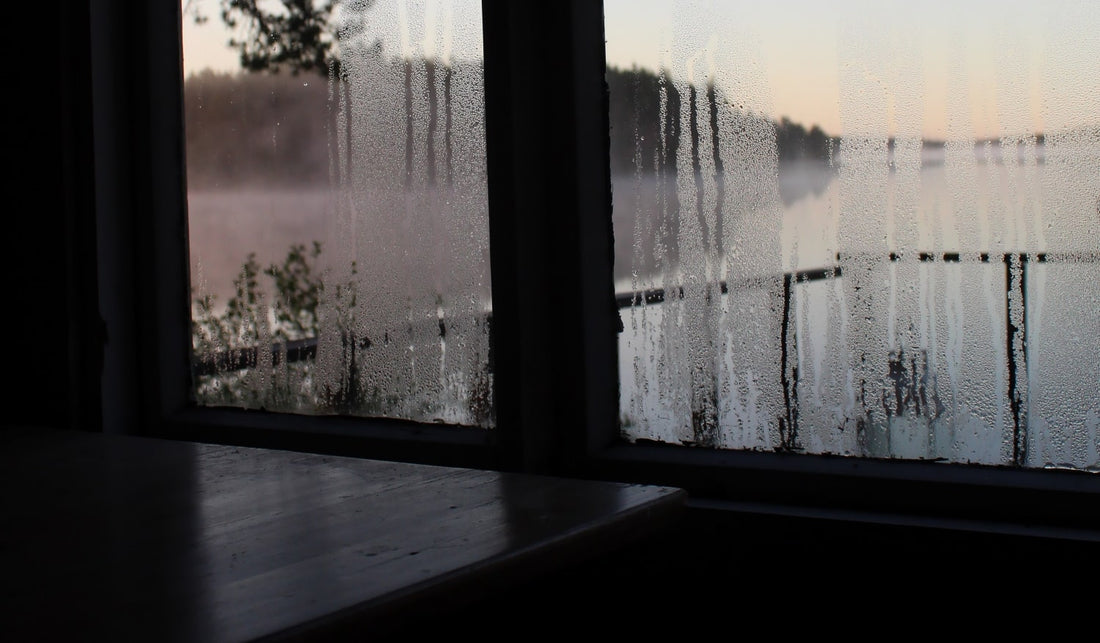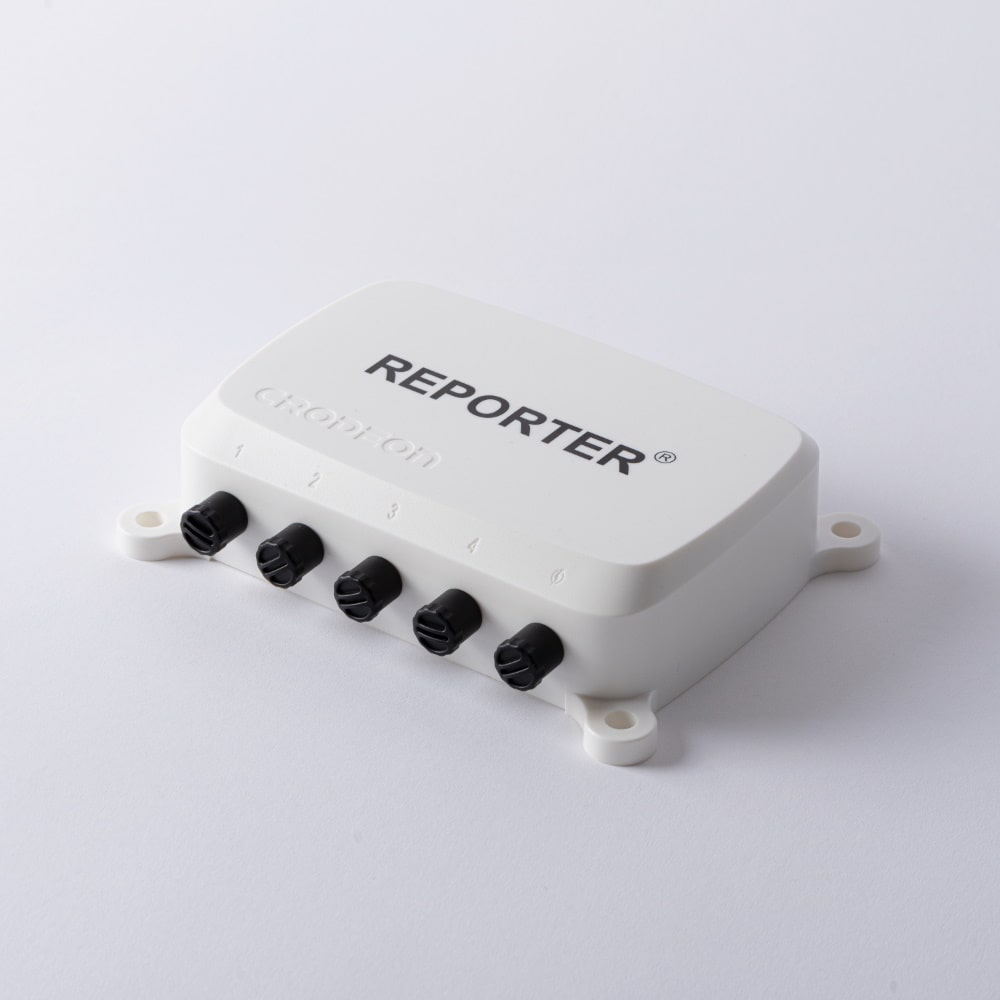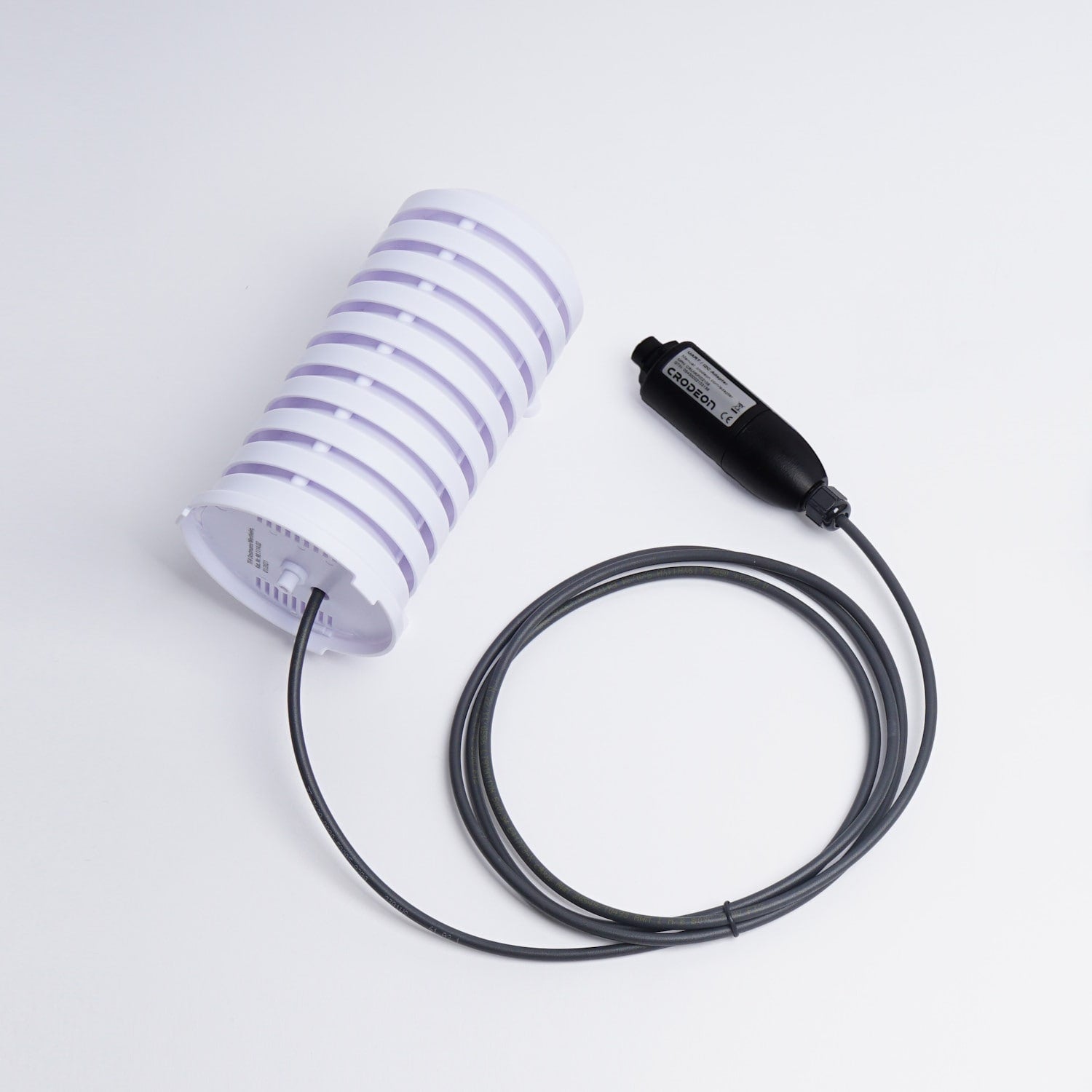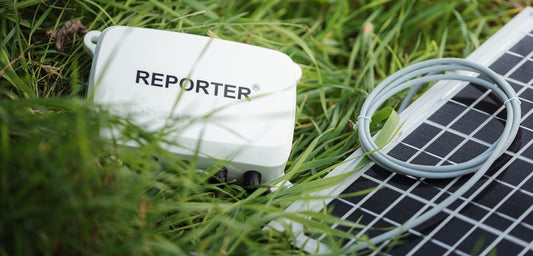Precision test for the Sensirion SHT35 humidity sensor

We recently tested and documented the precision of the SHT35 T/RH sensor from Sensirion. In this article we explain the results of our tests.
The SHT35 is the high-end version of the SHT3x series that Sensirion calls the new industry standard in humidity sensing. In our case we’re talking about the SHT35-DIS-F version of the SHT35, which includes an on-chip PTFE foil membrane that allows for sensor use under harsh environmental conditions.
What does the datasheet say?
The datasheet of the SHT35 lists the accuracy of all versions of the sensor. Please note that the accuracy is not the same thing as the precision of a sensor. More about this later.
The SHT35-DIS-F offers the highest accuracy of all: 1,5% humidity @0-80% RH) and 0,1°C temperature (@20-60 °C), which is quite impressive. Let’s see if this is the case if we compare multiple of these sensors in real life.

Results of our tests
We tested the precision of 6 of these sensors over a period of 12 hours. The goal was to compare the values with the average of all measurements and see if the deviation was within the accuracy limits.
A few words about the form factor of the sensors. We used these RH sensors from Crodeon, which are enclosed in a radiation shield suited for outdoor use. All sensors were connected to our Reporter, a wireless gateway with gsm connection to the cloud.
After 12 hours we downloaded the data from the Crodeon Dashboard to Excel. This is where the interesting part started. The following graph shows the temperature readings of our 6 sensors on an interval of 5 minutes. Reporter can handle more intense intervals up to 30 seconds but for this test we thought 5 minutes was sufficient.

As you can see in the data, almost all of the readings fall within the accuracy limits of -0,1°C and + 0,1°C as claimed in the datasheet.
Now it’s time to investigate the humidity readings. The SHT35 is one of the most accurate humidity sensors on the market. It’s really hard to find this kind of sensors with an accuracy of +/-1,5%RH or better. The following graph did not disappoint us.

Precision versus accuracy
The attentive readers will surely point out that we haven’t really investigated the accuracy of our sensor. That’s right. As explained by Wikipedia, in a set of measurements, accuracy is closeness of the measurements to a specific value, while precision is the closeness of the measurements to each other.
A next quality control would be to test these humidity sensors in a calibrated environment to see how they compare to real world values, which must be measured by a primary of secondary calibrated standard. This is something we will blog about in the near future.
Conclusion
As you can see, we were very satisfied with the performance of the SHT35 digital TRH sensor. The precision is outstanding and we have high hopes for the accuracy as well. We will continue to use this sensor in our research projects for Smart Agriculture, Smart Construction, industry, Smart Indoor Climate, and Smart Food.
Measuring relative humidity can be especially useful when it comes to cut flower preservation, farming mealworms, cold storage of onions or potatoes, monitoring paper archives, monitoring dew point and wet bulb temperatures, or in construction projects to monitor dew point for glue application, RH in curing concrete, or preventing concrete decay in existing structures.










